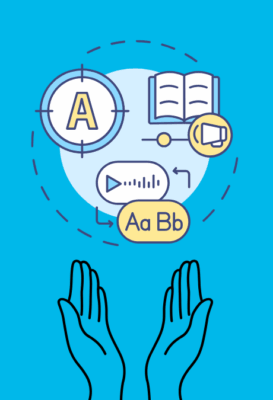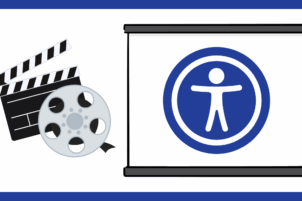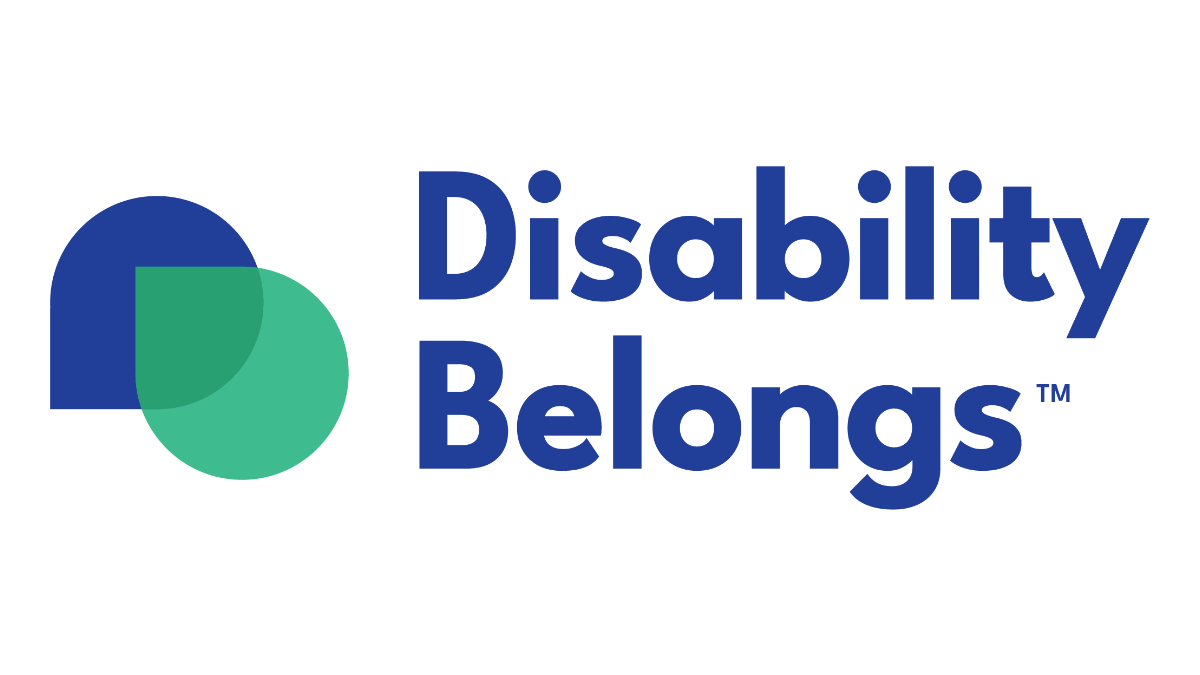 Technology is expanding access to faith and community, transforming worship spaces into environments where disabled people can fully belong, participate, and lead. As faith communities work to become more inclusive, tools like assistive technology, digital platforms, and artificial intelligence are creating new possibilities for connection and spiritual growth.
Technology is expanding access to faith and community, transforming worship spaces into environments where disabled people can fully belong, participate, and lead. As faith communities work to become more inclusive, tools like assistive technology, digital platforms, and artificial intelligence are creating new possibilities for connection and spiritual growth.
Screen readers like JAWS and NVDA enable blind and low-vision users to read scriptures, follow along with service materials, and access religious education resources independently. Speech-to-text services like CART (Communication Access Real-Time Translation) provide real-time captioning, supporting participation for people who are deaf or have hearing differences.
By generating spoken language from typed or selected words and symbols, augmentative and alternative communication (AAC) devices and software support individuals with speech disabilities in sharing prayers, participating in group discussions, and engaging with faith leaders and community members in meaningful ways.
Live-streaming technology has transformed access for those unable to attend worship in person. Nearly 90% of church leaders now offer live-streamed services or events, a shift that has significantly expanded access for people with health, transportation, or caregiving-related barriers. Many faith communities are also working to ensure their websites and digital resources are accessible to screen readers and include image descriptions and alternative text.
New AI-powered tools are beginning to support accessibility in real-time. These include personalized worship materials, navigation apps like BlindSquare that help individuals with mobility disabilities find accessible seating, restrooms, and entry points, and smart wheelchairs that can be controlled through voice commands. Apps like QuranGPT and Faith use AI to provide insights, translations, and commentary tailored to individual learning styles, making religious texts more accessible for people with cognitive, learning, or processing differences.
In the future, augmented and virtual reality could further break down barriers. People who cannot travel due to disability or illness could join virtual pilgrimages, tour sacred sites, or experience immersive worship services from home.
As technology continues to evolve, faith communities have powerful tools to expand access and participation. By incorporating assistive technologies, AI-powered solutions, and accessible digital content, congregations can create worship environments that truly include people with disabilities. These efforts uphold the values of equity, access, and shared spiritual connection.







